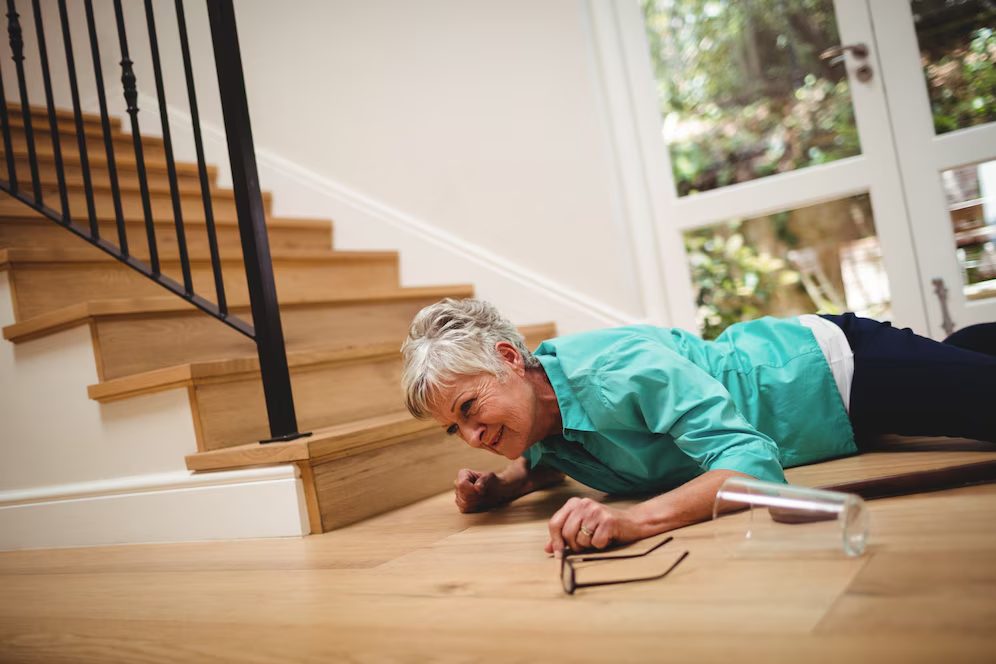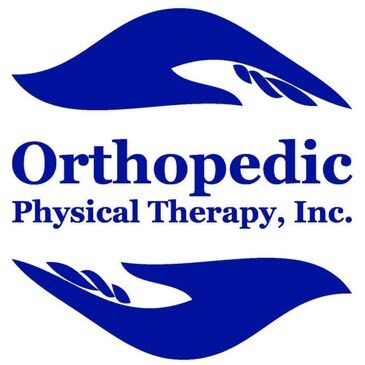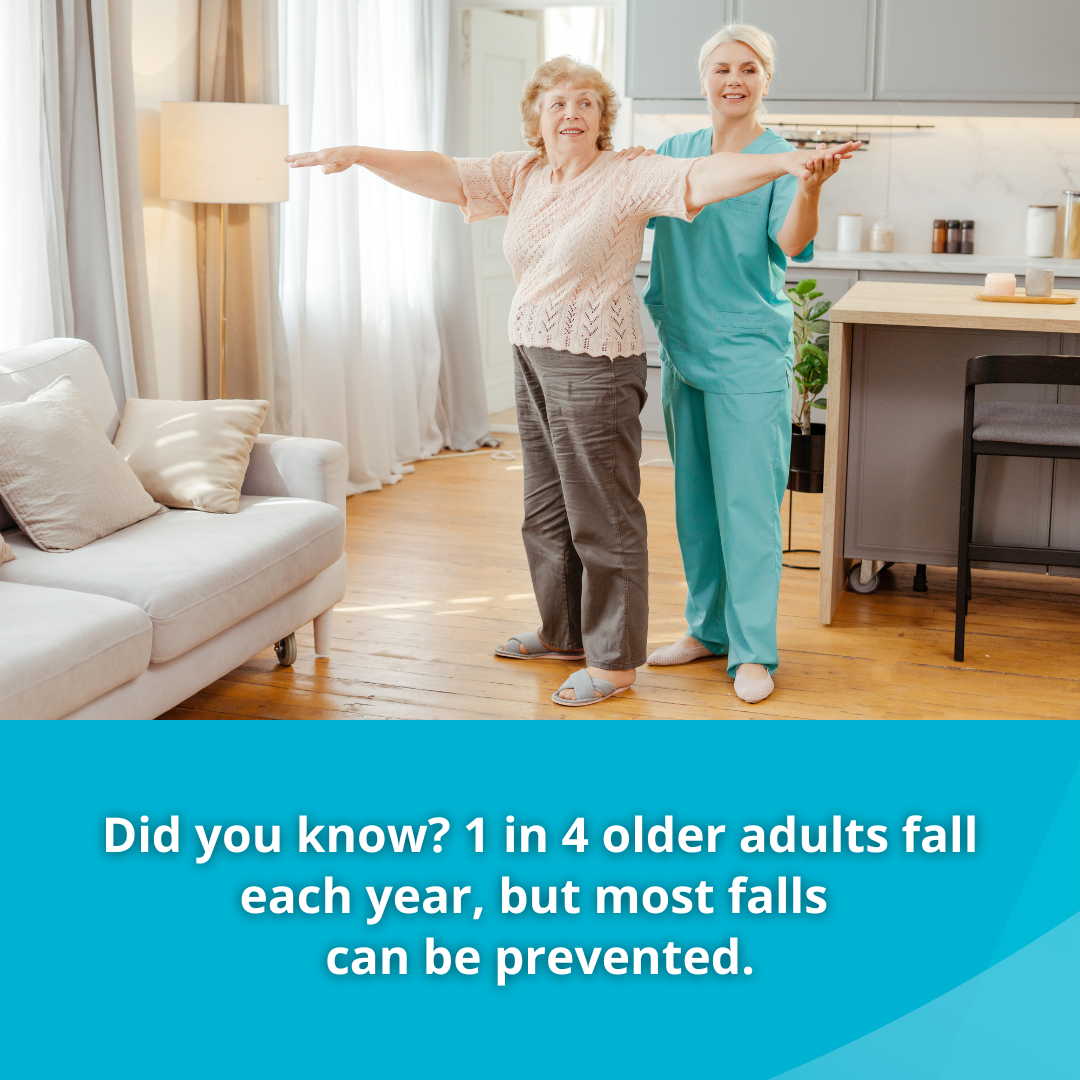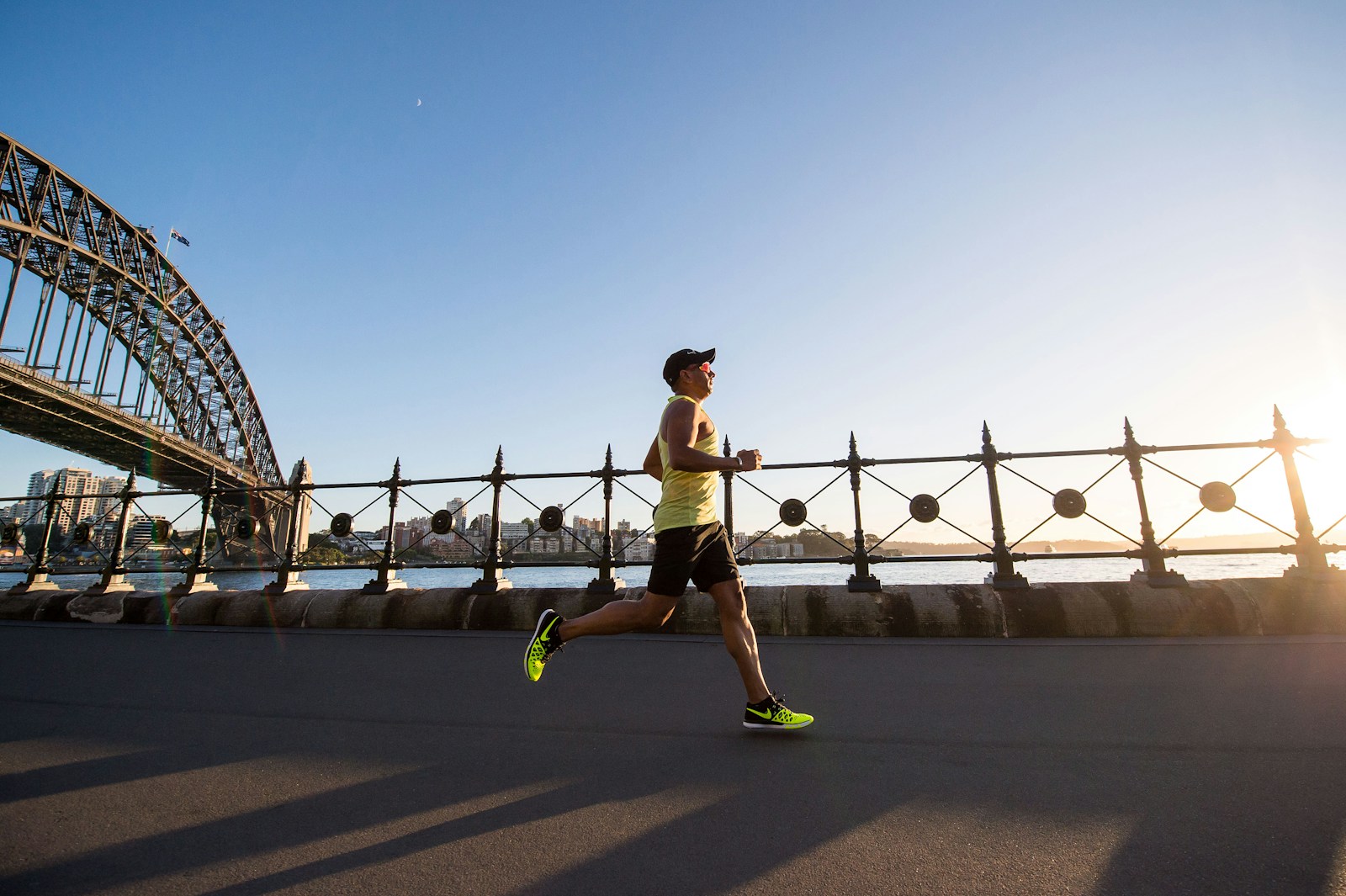Fall Prevention in Older Adults is essential to maintaining health, mobility, and independence.Falls are one of the leading causes of injury in older adults, yet they are not an inevitable part of aging. With the right strategies, support, and physical therapy interventions, you can reduce your risk of falling and maintain your independence. In this guide, we’ll explore the causes of falls, proactive prevention tips, and how our team at Orthopedic Physical Therapy Inc. can help you stay steady and confident.
Why Fall Prevention in Older Adults Matters
Fall prevention in older adults is not just a health concern—it’s a vital component of aging well and maintaining independence. According to the CDC, one in four adults over the age of 65 experiences a fall each year, making it one of the leading causes of injury among seniors. These falls can result in severe consequences such as hip fractures, head injuries, and even long-term disability. In some cases, a single fall can mark the beginning of a downward health spiral, leading to hospitalization, reduced mobility, fear of falling again, and social withdrawal.
Beyond the physical damage, the emotional toll of falling—or the fear of falling—can be equally significant. Many older adults start avoiding everyday activities they once enjoyed, such as walking outdoors, gardening, or visiting friends, which can lead to isolation, depression, and muscle weakness due to inactivity. This creates a cycle that only increases the risk of future falls.
Preventing falls is therefore not just about avoiding injury; it’s about protecting an individual’s autonomy, confidence, and overall well-being. Early intervention, proper home modifications, and guided physical therapy can dramatically reduce fall risk. At Orthopedic Physical Therapy Inc., we focus on proactive, personalized strategies to help older adults stay active, mobile, and safe—because maintaining balance means maintaining freedom.
Understanding Your Fall Risk
Many older adults are unaware that they’re at risk for falling. Ask yourself:
- Do you feel unsteady when walking?
- Have you fallen in the past 12 months?
- Do you hold onto furniture or walls at home?
- Are you afraid of falling?
If you answered “yes” to any of these, it’s time to schedule a fall risk assessment with a qualified physical therapist.
Explore how we help with balance and dizziness issues.
How to Prevent Falls in Older Adults: Proactive Tips
1. Stay Active with Safe Exercises
Physical activity strengthens muscles, improves coordination, and enhances flexibility. Consider walking, aquatic therapy, resistance bands, or tai chi. These movements can improve core stability and joint function.
Check out our personalized approach to chronic pain management, therapeutic yoga, and manual therapy to enhance strength and reduce fall risk.
2. Fall-Proof Your Home
- Remove loose rugs and clutter.
- Add grab bars in the bathroom and handrails on stairs.
- Ensure your home is well-lit, especially hallways and bathrooms.
3. Get Your Eyes Checked Annually
Poor vision is a major contributor to falls. Schedule eye exams every year to detect and treat issues like cataracts, glaucoma, or prescription changes.
4. Review Medications
Some medications—especially sedatives or blood pressure drugs—can cause dizziness or drowsiness. Ask your doctor or pharmacist to review all your medications, including over-the-counter supplements.
5. Wear the Right Footwear
Choose shoes with good grip, support, and low heels. Avoid slippers and walking barefoot indoors.

How Physical Therapy Helps with Fall Prevention in Older Adults
Individualized Fall Risk Assessments
Our experienced therapists evaluate your balance, strength, and mobility to determine your specific risk factors.
Targeted Treatment Plans
Based on your assessment, we develop a tailored treatment plan that may include:
- Posture support to improve alignment
- Dry needling to release tight muscles
- Scar tissue treatment for improved range of motion
- Myofascial pain therapy and headache relief for better daily function
Balance and Strength Training
Our therapy programs focus on functional strength, balance exercises, and gait improvement to keep you moving safely and confidently.
Have fibromyalgia, sports injuries, or TMJ? Learn how we treat fibromyalgia, sports injuries, and jaw pain.
Don’t Wait—Take Action Now
Fall prevention in older adults starts with small, smart changes today. If you’re worried about falling—or just want to stay proactive—reach out to our team at Orthopedic Physical Therapy Inc. to schedule a fall risk evaluation. Whether you’re recovering from an injury, managing joint pain, or just want to stay steady, we’re here to support your journey.
Remember: You don’t have to wait for a fall to start caring about balance. Preventive therapy can help you stay safe, strong, and independent well into the future.
References:
Research:
- Martin, Jacqueline T. BS; Wolf, Angela BA; Moore, Jennifer L. BS; Rolenz, Elyse BS; DiNinno, Andrea BS, MBA; Reneker, Jennifer C. MSPT. The Effectiveness of Physical Therapist–Administered Group-Based Exercise on Fall Prevention: A Systematic Review of Randomized Controlled Trials. Journal of Geriatric Physical Therapy 36(4):p 182-193, October/December 2013. | DOI: 10.1519/JPT.0b013e3182816045
- Shubert, Tiffany E. MPT, PhD. Evidence-Based Exercise Prescription for Balance and Falls Prevention: A Current Review of the Literature. Journal of Geriatric Physical Therapy 34(3):p 100-108, July/September 2011. | DOI: 10.1519/JPT.0b013e31822938ac
- Santos, Luis Eduardo BPT; de Sá Ferreira, Arthur PhD; Vilella, Renato Carvalho DHSc; Lunkes, Luciana Crepaldi PhD. The Importance of Physical Therapy in the Evaluation of Fall Prevention Programs in Older Adults: A Scoping Review. Topics in Geriatric Rehabilitation 40(1):p 83-92, January/March 2024. | DOI: 10.1097/TGR.0000000000000426
- Ackerman, Ilana N., Sze‐Ee Soh, and Anna L. Barker. “Physical therapists’ falls prevention knowledge, beliefs, and practices in osteoarthritis care: A national cross‐sectional study.” Arthritis care & research 72.8 (2020): 1087-1095.
Articles and Content
- https://www.choosept.com/health-centers/falls
- https://www.choosept.com/guide/physical-therapy-guide-falls
- https://www.choosept.com/health-tips/assess-falls-risk
- https://www.choosept.com/health-tips/how-avoid-fall-5-tips-support-quality-life



